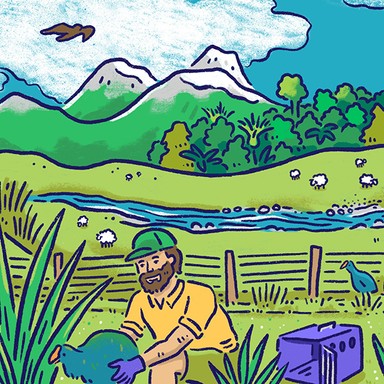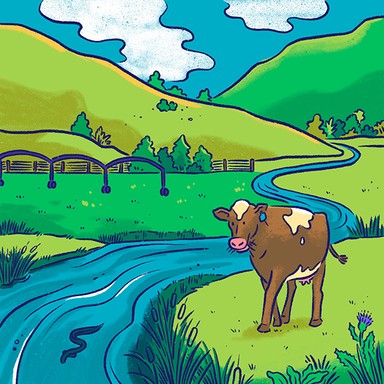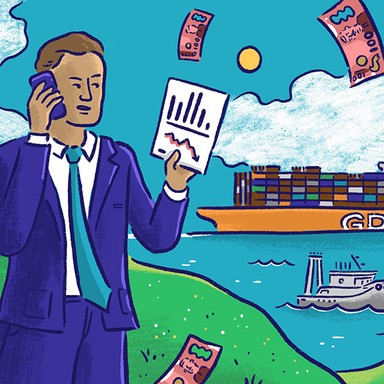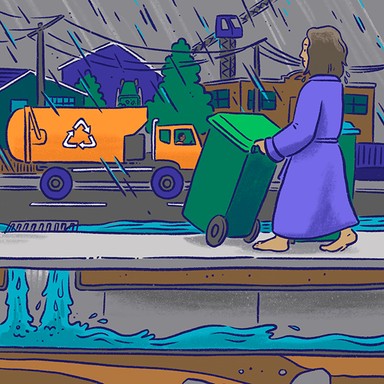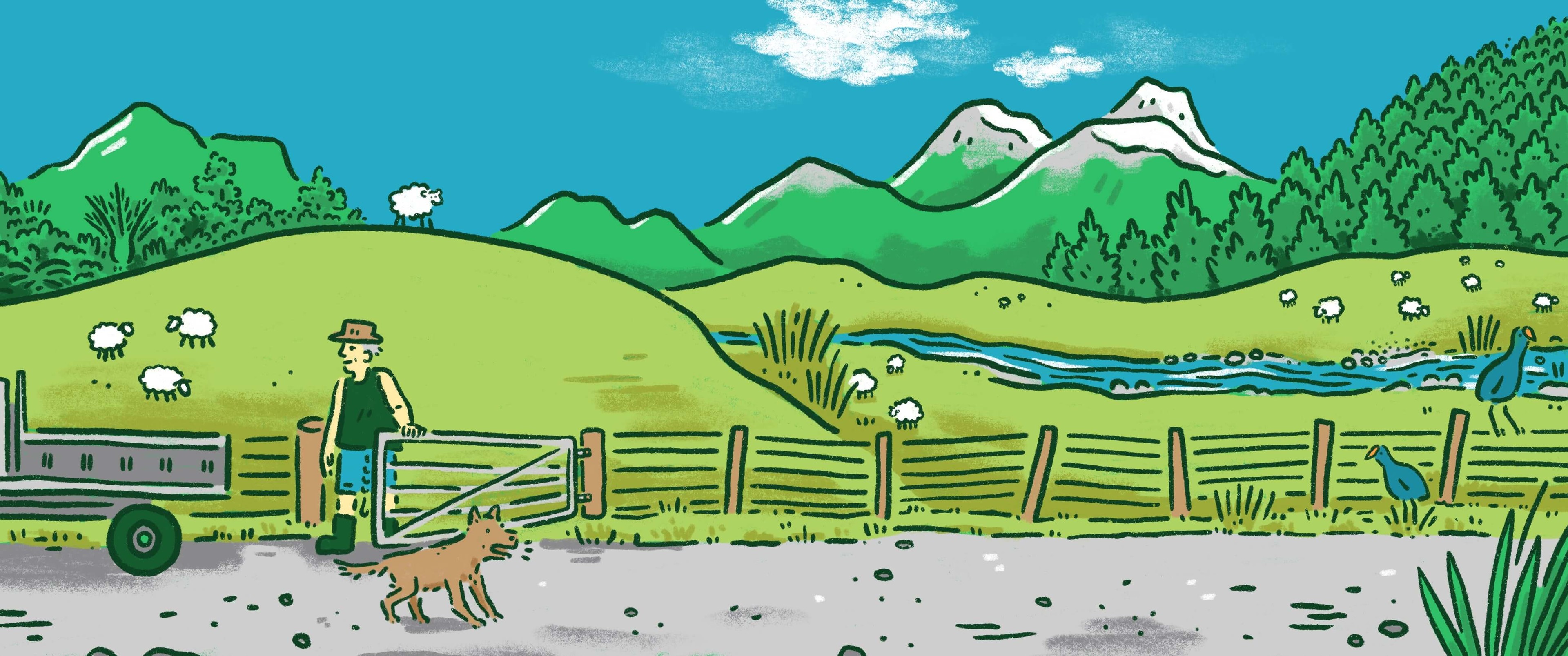
Environment Canterbury
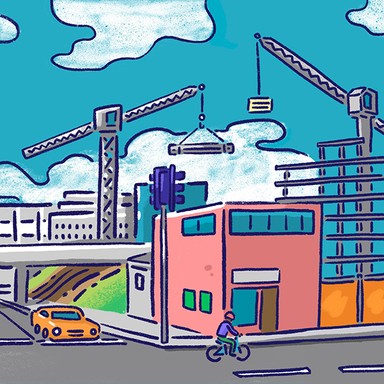
Rates and revenue
The work of local government is funded mainly by property taxes in the local area, known as rates. This makes up around 60% of council expenditure, with the rest coming from user charges, investment income, regulatory fees and roading subsidies. Councils can also borrow money to spread the cost of large investments such as infrastructure over a longer period of time.

Rates and revenue
The work of local government is funded mainly by property taxes in the local area, known as rates. This makes up around 60% of council expenditure, with the rest coming from user charges, investment income, regulatory fees and roading subsidies. Councils can also borrow money to spread the cost of large investments such as infrastructure over a longer period of time.
Propose rates to increase, but give the details on spending to the public through a road show rather than no face to face explanation.
Restore the trust with transparency when reporting councils spending. This requires leadership that is honest and available.
Link climate readiness Environment Canterbury rates to the carbon footprints of our businesses, our buildings and our lifestyles.
Fix maximum rate rises below annual national inflation. Reduce spending plans to accommodate that ceiling in fairness to ratepayers.
Allow 49% partnerships of council assets to release capital for wider community benefit while maintaining public ownership and control.
Sell underperforming council assets that drain rates and reinvest that capital into safer more productive assets
Advocate for an improvement to the rates system as the current system is unfair and for too many is unaffordable.
Seek to automate as many paper based services as possible to reduce costs to both council and users and streamline experiences.
Implement a climate change levy to enable greater funding and support for mitigation and adaptation.
Retain council assets and work to improve current assets and acquire further income generating assets to help offset rates.
Review and improve river rating and flood protection schemes to ensure a ki uta ki tai/whole of river approach to river management.
Propose rates to increase, but give the details on spending to the public through a road show rather than no face to face explanation.
Restore the trust with transparency when reporting councils spending. This requires leadership that is honest and available.
Link climate readiness Environment Canterbury rates to the carbon footprints of our businesses, our buildings and our lifestyles.
Fix maximum rate rises below annual national inflation. Reduce spending plans to accommodate that ceiling in fairness to ratepayers.
Allow 49% partnerships of council assets to release capital for wider community benefit while maintaining public ownership and control.
Sell underperforming council assets that drain rates and reinvest that capital into safer more productive assets
Advocate for an improvement to the rates system as the current system is unfair and for too many is unaffordable.
Seek to automate as many paper based services as possible to reduce costs to both council and users and streamline experiences.
Implement a climate change levy to enable greater funding and support for mitigation and adaptation.
Retain council assets and work to improve current assets and acquire further income generating assets to help offset rates.
Review and improve river rating and flood protection schemes to ensure a ki uta ki tai/whole of river approach to river management.
Mayor
Compare the mayoral candidates in your area
Local council
Compare the candidates for your city or district council
Regional council
Compare the candidates for your regional council
Local board
Compare the candidates for your local or community board

